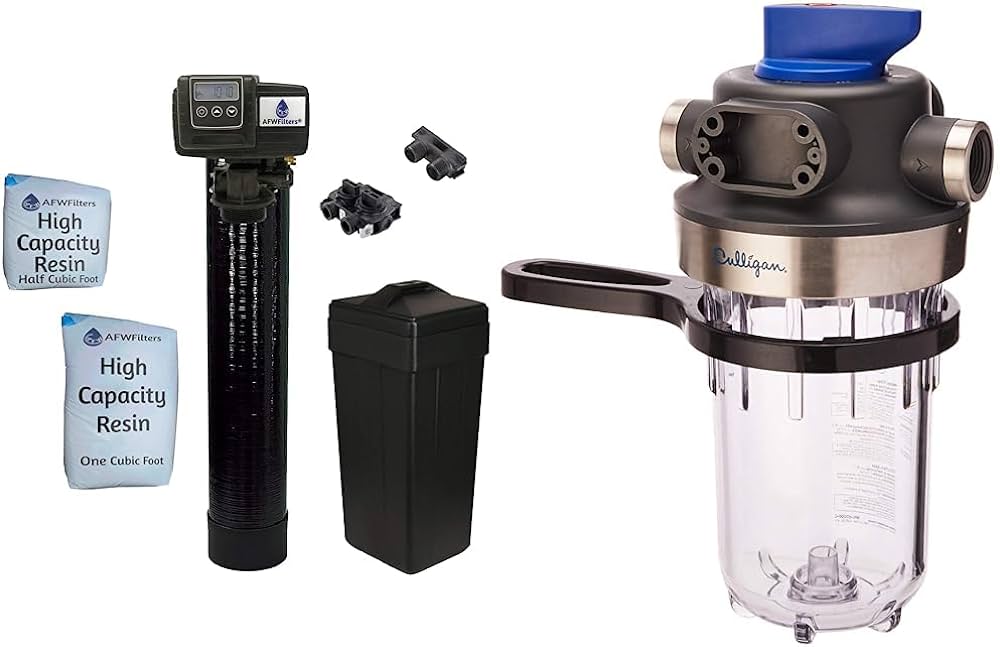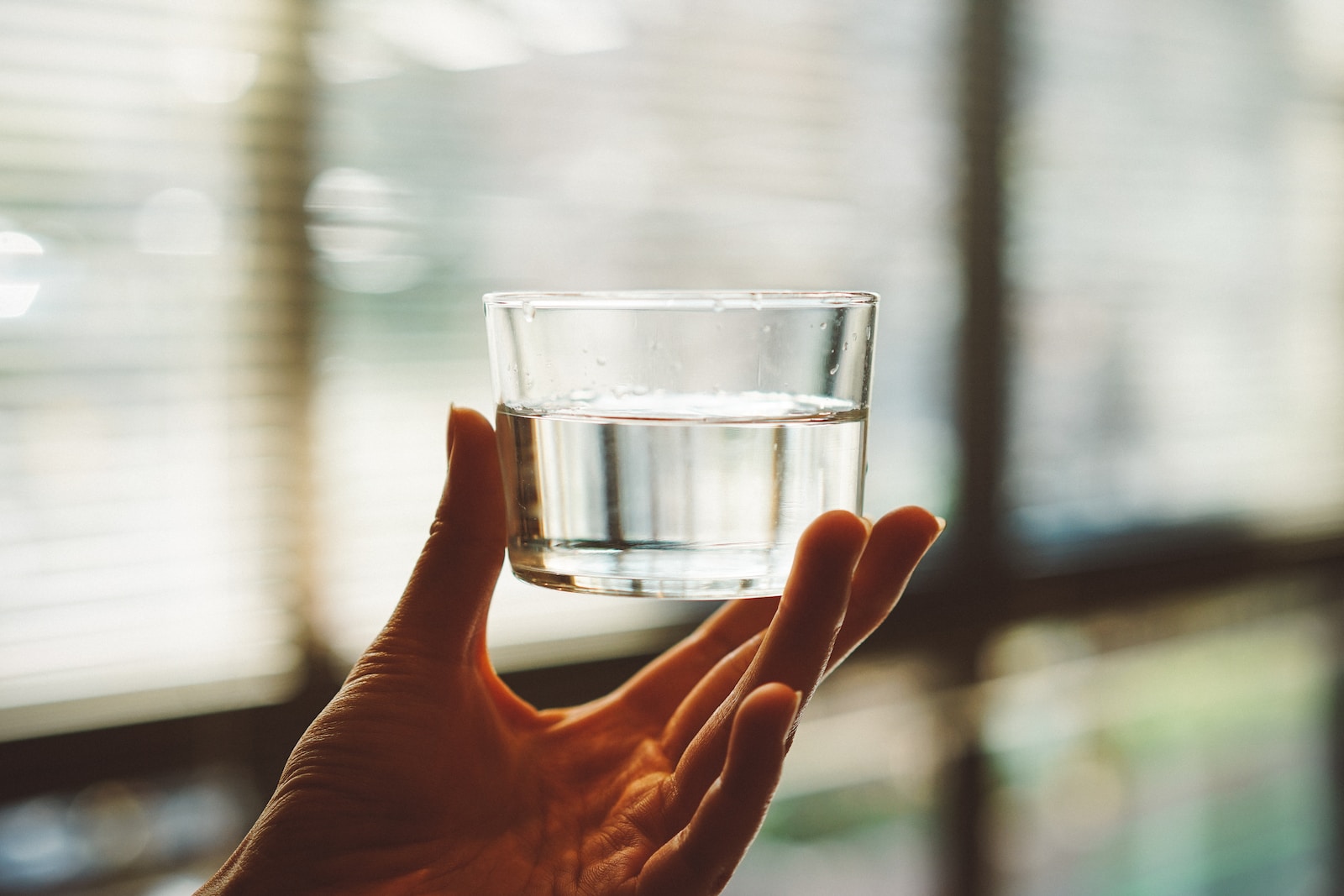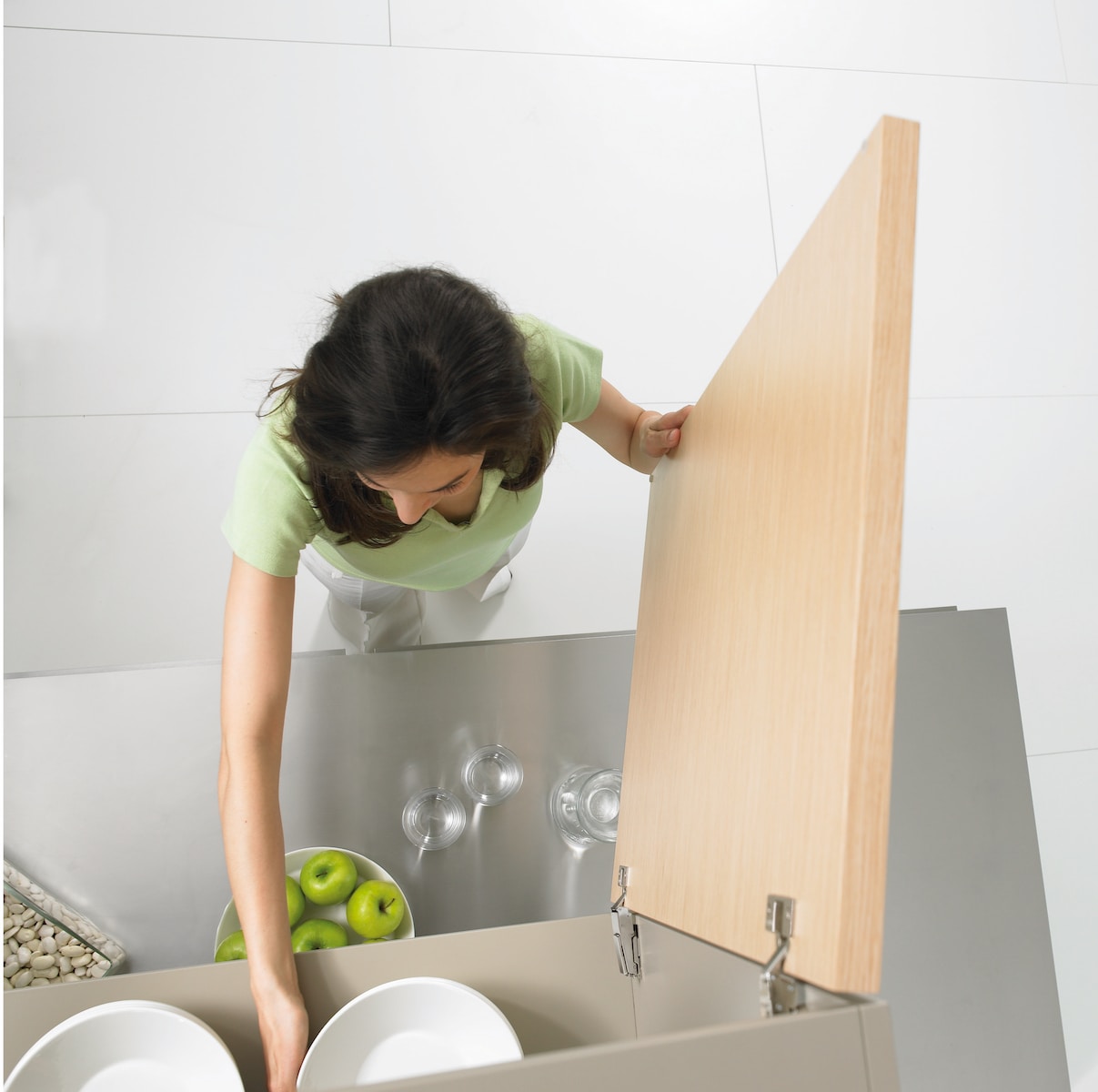Difference between Cleaning and Descaling
Purchasing products via the links in our article may result in us earning a commission, but rest assured, this does not influence our editorial independence.
Cleaning and descaling are two essential processes that play a crucial role in maintaining hygiene, efficiency, and longevity in various contexts. While both cleaning and descaling involve the removal of unwanted substances, they differ in their objectives, methods, and tools.
In this article, we will explore the key differences between cleaning and descaling, their respective benefits, techniques for different surfaces and appliances, safety precautions, troubleshooting common challenges, and the option of hiring professional services. By understanding the distinctions between cleaning and descaling, you can effectively maintain cleanliness and prevent scaling issues in your everyday life.
Understanding Cleaning
Cleaning is the process of removing dirt, dust, stains, and other unwanted substances from surfaces, objects, or environments. It is an essential practice for maintaining cleanliness, hygiene, and aesthetic appeal. There are different types of cleaning methods, each serving a specific purpose.
1. Surface Cleaning
Surface cleaning involves the removal of visible dirt, dust, and debris from the outer layer of a surface. It is typically done using basic cleaning tools such as brushes, sponges, and cloths. Surface cleaning is often performed as part of routine maintenance to keep surfaces looking clean and presentable.
2. Deep Cleaning
Deep cleaning goes beyond surface cleaning and involves a more thorough and intensive approach. It targets hidden dirt, grime, and stains that may not be visible to the naked eye. Deep cleaning may require the use of specialized cleaning solutions, equipment, or techniques to achieve optimal results. It is usually done periodically or when surfaces require a more thorough cleaning.
3. Disinfecting
Disinfecting is a cleaning process that focuses on eliminating germs, bacteria, and other harmful microorganisms. It involves the use of disinfectants or sanitizing agents to kill or inhibit the growth of pathogens. Disinfecting is particularly important in environments where hygiene is crucial, such as hospitals, kitchens, and bathrooms.
Exploring Descaling
Descaling, on the other hand, is the process of removing mineral deposits, such as limescale, rust, or mineral scaling, from surfaces, appliances, or plumbing systems. These deposits can accumulate over time and negatively impact the performance, efficiency, and lifespan of various equipment. Descaling is necessary to maintain optimal functionality and prevent issues caused by scaling.
1. Household Appliances
Household appliances such as coffee machines, kettles, dishwashers, and washing machines are prone to scaling due to the presence of minerals in water. Descaling these appliances is essential to ensure their proper functioning and prevent clogs or blockages.
2. Plumbing Systems
Scaling can also occur in plumbing systems, particularly in areas with hard water. Mineral deposits can accumulate in pipes, faucets, and showerheads, leading to reduced water flow, clogs, or even damage to the plumbing infrastructure. Descaling is necessary to maintain the efficiency and longevity of the plumbing system.
3. Industrial Equipment
In industrial settings, scaling can pose significant challenges and risks. Industrial equipment such as boilers, heat exchangers, and cooling towers are susceptible to scaling due to the high temperatures and water usage involved. Descaling is crucial to prevent equipment failure, energy inefficiency, and costly repairs.
Key Differences between Cleaning and Descaling
While cleaning and descaling share the common goal of removing unwanted substances, they differ in their objectives, methods, frequency, and tools.
Objectives
-
Cleaning focuses on removing dirt, grime, stains, and other visible contaminants from surfaces or objects. Its primary objective is to maintain cleanliness, hygiene, and aesthetic appeal.
-
Descaling, on the other hand, targets the removal of mineral deposits, such as limescale or rust, from surfaces, appliances, or plumbing systems. Its primary objective is to maintain the efficiency, performance, and lifespan of equipment.
Methods and Techniques
-
Cleaning involves the use of detergents, cleaning solutions, and basic cleaning tools such as brushes, sponges, and cloths. It may require different techniques depending on the surface or object being cleaned.
-
Descaling requires the use of descaling agents or solutions specifically designed to dissolve and remove mineral deposits. The techniques for descaling may vary depending on the type of scaling and the equipment or surface being descaled.
Frequency
-
Cleaning is typically done regularly or as needed, depending on the level of dirt or stains present. It is often part of routine maintenance to keep surfaces clean and presentable.
-
Descaling is done periodically or when scaling issues arise. The frequency of descaling depends on factors such as water hardness, usage patterns, and the specific equipment or surface being descaled.
Tools and Products
-
Cleaning utilizes various brushes, sponges, and cloths, along with detergents and cleaning solutions. The tools and products used for cleaning may vary depending on the surface, object, or type of dirt being removed.
-
Descaling may require specific descaling agents or solutions designed to dissolve mineral deposits. The tools used for descaling can include brushes, descaling solutions, or specialized descaling equipment, depending on the scale and the equipment or surface being descaled.
Benefits of Cleaning and Descaling
Both cleaning and descaling offer numerous benefits in different contexts. Understanding these benefits can highlight the importance of incorporating these practices into your routine maintenance.
Cleaning Benefits
-
Maintains hygiene and cleanliness: Regular cleaning helps eliminate dirt, dust, and germs, reducing the risk of infections and promoting a healthy environment.
-
Prevents the spread of germs and bacteria: Proper cleaning practices, such as disinfecting high-touch surfaces, can help prevent the spread of germs and bacteria, especially in shared spaces.
-
Enhances the appearance of surfaces: Cleaning removes stains, marks, and dirt, improving the overall appearance of surfaces and objects.
Descaling Benefits
-
Improves the efficiency and lifespan of appliances: Descaling removes mineral deposits that can hinder the performance and efficiency of appliances, allowing them to function optimally and last longer.
-
Prevents clogs and blockages in plumbing systems: Descaling helps maintain the flow of water by preventing the buildup of mineral deposits in pipes, faucets, and showerheads, reducing the risk of clogs or blockages.
-
Reduces energy consumption and saves costs: Descaling improves the energy efficiency of equipment, reducing energy consumption and potentially saving costs on utility bills.
Cleaning and Descaling Techniques for Different Surfaces and Appliances
To effectively clean and descale various surfaces and appliances, it is important to use appropriate techniques and products. Here are some techniques for cleaning and descaling different surfaces and appliances:
Cleaning Techniques
- Cleaning countertops and surfaces:
- Use a mild detergent or cleaning solution suitable for the surface.
- Wipe the surface using a damp cloth or sponge.
-
Rinse with clean water and dry with a clean cloth.
-
Cleaning floors and carpets:
- Vacuum the floor or carpet to remove loose dirt and debris.
- Use a suitable floor cleaner or carpet shampoo.
-
Follow the manufacturer’s instructions for cleaning and use a mop or carpet cleaner to clean the surface thoroughly.
-
Cleaning windows and glass surfaces:
- Use a glass cleaner or a mixture of vinegar and water.
- Spray the cleaner onto the glass surface and wipe with a lint-free cloth or newspaper.
- Pay attention to corners and edges for a streak-free finish.
Descaling Techniques
- Descaling coffee machines and kettles:
- Follow the manufacturer’s instructions for descaling.
- Use a descaling agent or a homemade descaling solution.
- Run the descaling solution through the coffee machine or kettle according to the instructions.
-
Rinse thoroughly with clean water to remove any residue.
-
Descaling dishwashers and washing machines:
- Check the manufacturer’s instructions for descaling.
- Use a descaling agent suitable for dishwashers or washing machines.
- Run a descaling cycle or program according to the instructions.
-
Wipe the interior surfaces with a clean cloth after descaling.
-
Descaling faucets and showerheads:
- Remove the faucet aerators or showerheads.
- Soak them in a descaling solution or vinegar for a few hours.
- Scrub off any remaining mineral deposits using a brush.
- Rinse thoroughly and reattach to the faucets or showerheads.
Safety Precautions and Considerations
While cleaning and descaling are important maintenance practices, it is crucial to prioritize safety. Here are some general safety measures and precautions to consider:
General Safety Measures
-
Use of protective gear: Wear gloves, goggles, and appropriate clothing when handling cleaning or descaling products to protect your skin and eyes.
-
Proper ventilation: Ensure proper ventilation in the area where cleaning or descaling is being performed to avoid inhaling fumes or chemicals.
-
Safe storage of cleaning and descaling products: Store cleaning and descaling products in a secure place, away from children and pets, and follow the manufacturer’s instructions for storage.
Specific Precautions for Cleaning
-
Avoid mixing different cleaning chemicals: Mixing different cleaning chemicals can result in hazardous reactions. Read the labels and instructions carefully to avoid any potential risks.
-
Test cleaning products on a small area before full application: Before using a new cleaning product on a surface, test it on a small, inconspicuous area to ensure it does not cause any damage or discoloration.
Specific Precautions for Descaling
-
Follow manufacturer’s instructions for descaling agents: Different descaling agents may have specific instructions and safety precautions. Always follow the manufacturer’s instructions when using descaling agents.
-
Rinse thoroughly after descaling to remove any residue: After descaling, rinse the surfaces, appliances, or equipment thoroughly with clean water to remove any residue from the descaling agent.
Troubleshooting Common Cleaning and Descaling Challenges
While cleaning and descaling can effectively remove unwanted substances, certain challenges may arise. Here are some common challenges and tips for troubleshooting them:
Cleaning Challenges
-
Stubborn stains and marks: For stubborn stains, use specialized stain removers or techniques such as scrubbing with baking soda or using a steam cleaner.
-
Lingering odors: To eliminate lingering odors, use odor-neutralizing products or natural remedies such as baking soda or vinegar.
-
Mold and mildew growth: Prevent mold and mildew growth by ensuring proper ventilation, reducing moisture levels, and using mold and mildew cleaners or solutions.
Descaling Challenges
-
Resistant mineral deposits: For resistant mineral deposits, use stronger descaling agents or repeat the descaling process multiple times. Alternatively, consider professional descaling services.
-
Scaling recurring quickly: If scaling issues recur quickly, it may indicate an underlying problem with the water source or equipment. Consult a professional to identify and address the root cause.
-
Damage caused by aggressive descaling methods: Aggressive descaling methods, such as using abrasive tools or strong acids, can damage surfaces or equipment. Always follow the manufacturer’s instructions and use appropriate descaling techniques.
Professional Cleaning and Descaling Services
In some cases, hiring professional cleaning or descaling services may be beneficial. Here are some advantages of hiring professionals:
Benefits of hiring professional cleaning services
-
Expertise and experience: Professional cleaners have the knowledge, skills, and experience to handle different cleaning tasks effectively.
-
Time-saving: Hiring professionals allows you to focus on other tasks while they take care of the cleaning, ensuring efficient and thorough results.
-
Specialized equipment and products: Professional cleaners have access to specialized equipment and cleaning products that may not be readily available to individuals.
Benefits of hiring professional descaling services
-
Specialized knowledge and techniques: Professional descaling services have expertise in dealing with various types of scaling and can employ specialized techniques to remove stubborn mineral deposits.
-
Preventive maintenance: Professionals can provide regular descaling services to prevent scaling issues from occurring or recurring.
-
Equipment and safety: Professional descaling services have the necessary equipment and safety measures to handle descaling effectively and safely.
Factors to consider when choosing a professional cleaning or descaling service
-
Reputation and reviews: Research and read reviews about the professional service provider to ensure they have a good reputation and positive customer feedback.
-
Expertise and certifications: Check if the service provider has the necessary expertise and certifications in cleaning or descaling.
-
Cost and value: Compare the cost of the service with the value provided, considering factors such as the scope of work, expertise, and quality of service.
Conclusion
Cleaning and descaling are essential practices for maintaining cleanliness, hygiene, efficiency, and longevity in various contexts. While cleaning focuses on removing dirt, grime, and stains, descaling targets the removal of mineral deposits. By understanding the key differences between cleaning and descaling, you can effectively maintain cleanliness and prevent scaling issues in your everyday life. Incorporating appropriate cleaning and descaling techniques, following safety precautions, and considering professional services when necessary will help you achieve optimal results and ensure the longevity of your surfaces, appliances, and equipment.
Emily Brown
Emily Brown is a professional cleaner with over 15 years of experience in the industry. She has a wealth of knowledge on the various descaling solutions and methods and is passionate about sharing her knowledge through her writing on the blog Descaler Genius. She also runs her own cleaning business, where she helps customers maintain their appliances and keep their homes clean and tidy.




